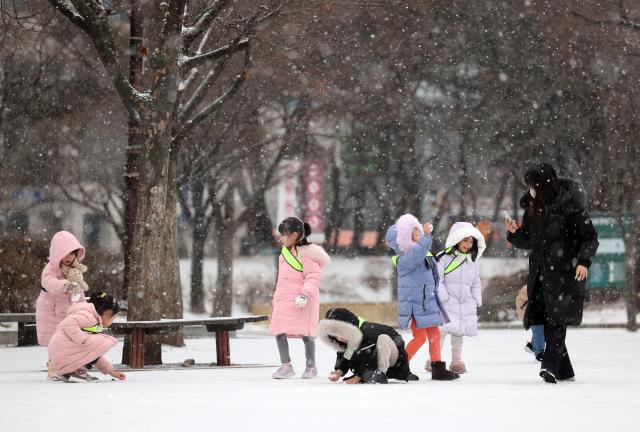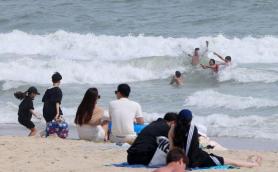
SEOUL -- About 30 percent of children's daycare centers and kindergartens in South Korea will be closed in 2028, due to low birth rate, data released by a private child care and education institute showed.
Recent data from South Korea's National Assembly Budget Office (NABO) reveals a projected 49.6 percent decrease in the population of young people aged 0 to 14 by 2040, dropping to approximately 3.18 million from 6.32 million in 2020. This projection assumes that the fertility rate will remain at 0.7 babies per couple between 2026 and 2040.
South Korea, with a population of about 52 million, is grappling with a significant aging phenomenon, with around 30 percent of its population expected to be aged 75 and older by 2073. NABO's data indicates that the birth rate in 2022 was 0.78 babies per couple. South Korea's national statistics office predicts a fertility rate of 0.7 in 2024. NABO forecasts a total population of 49.16 million in 2040, reflecting a 5.17 percent decrease from 2020.
The Korea Institute of Child Care and Education (KICCE) said in a report released on January 30 that the acceleration of the country's low birth rate will result in 26,637 daycare centers and kindergartens in 2028, down 31.8 percent from 39,053 in 2022. The childcare institute predicted that more than 12,000 children's daycare centers will close because they will have no kids to look after.
According to KICCE, the southern port city of Busan will experience the largest decrease rate in the number of children (39.4 percent), followed by Seoul (37.3 percent), Daegu (37.3 percent) some 230 kilometers (142 miles) southeast of Seoul, and the western port city of Incheon (34 percent).
"Problems caused by daycare centers and kindergartens closing down will only get more serious in the future. Such situations could accelerate the depopulation of rural areas," KICCE researcher Lee Jae-hee said.
Currently, about 52 million people live in South Korea and about 26 million people live in the capital city and the metropolitan area. Data released by the Korea Institute for Industrial Economics and Trade showed that about 80 percent of jobs are concentrated in the metropolitan area.
In a survey of 162,677 university graduates, conducted by the Korean Educational Development Institute research team led by researcher Cho Ok-kyeong, 25.6 percent of students from universities located outside Seoul and its satellite cities were employed by companies in the capital city. The state-operated education institute released the survey analysis on January 17.
The eastern province of Gangwon showed the highest rural migration by young university graduates with a rate of 63.6 percent, followed by the central province of Chungcheong with 58.6 percent. Southern provinces including the North Gyeongsang Province, South Gyeongsang Province, and Jeolla Province showed a similar rural exodus rate of about 30 percent.
Copyright ⓒ Aju Press All rights reserved.




